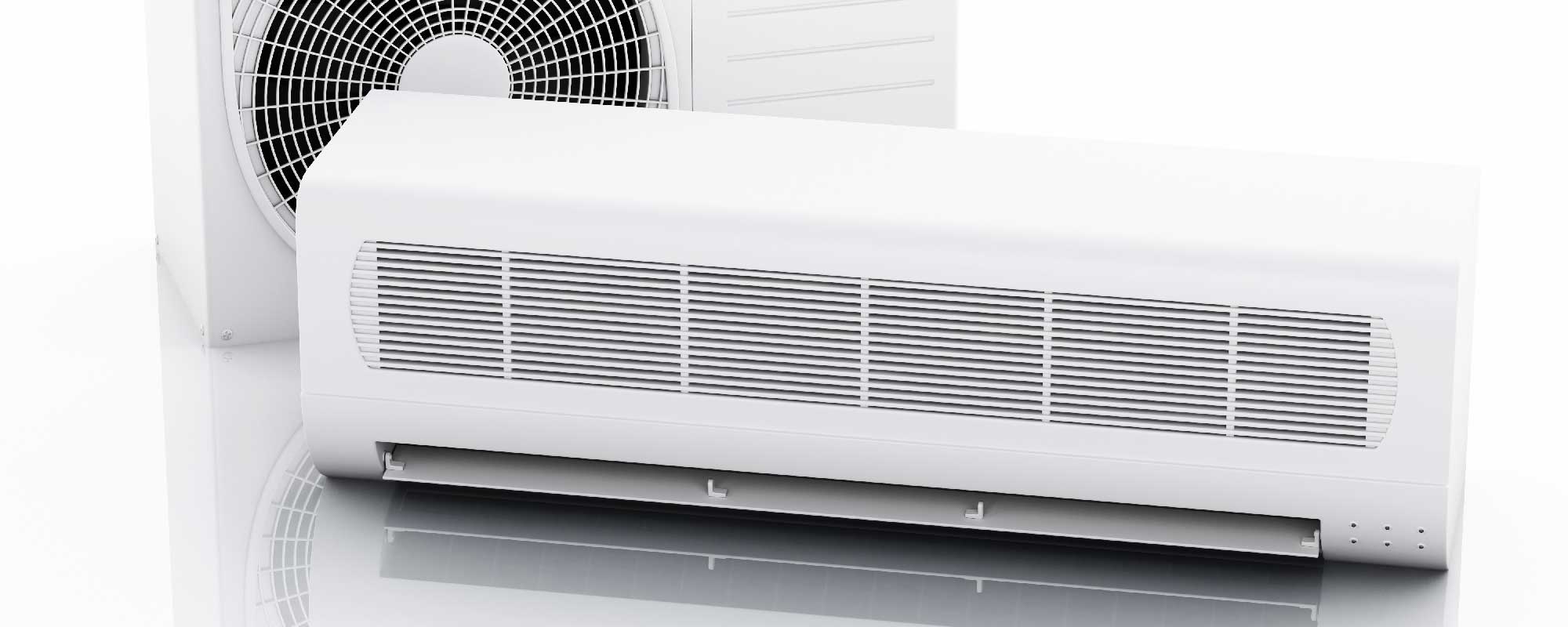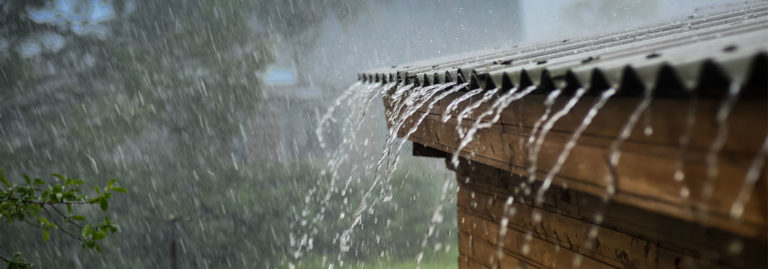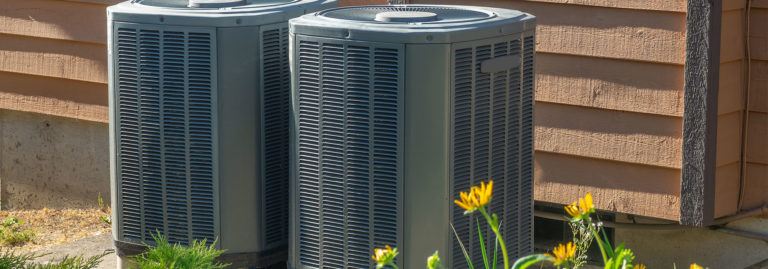What is a Split System Air Conditioner?
Time for a new air conditioner? You’ll have plenty of choices for your Florida home. Unless you have a small enough space, a window AC unit might be out of the question. That leaves the split system as a popular and quite common choice for most homes.
Two Sides to a Cool Story
As the name hints, a split system AC is split up into two main components:
- An indoor cabinet containing all of the components needed to move cooled air through your home (evaporator, blower fan, etc.)
- An outdoor cabinet containing the condenser, compressor and another fan to exhaust waste heat
One or more copper tubes connect both halves of this system together, allowing refrigerant to travel from one cabinet to the other during operation.
Why do split system AC units exist? As it turns out, they’re a definite upgrade from window-mounted AC systems and more cost-effective to own and maintain than most other types of AC systems. You can also put a split system AC unit in more places than a packaged AC unit, for instance.
Split systems come in many forms, from ductless units with air handlers directly in each room to large units with the power to keep larger homes and small commercial spaces cooled. Split systems also work well with zoned thermostats, which allow you to set your desired indoor temperatures on a room-by-room basis.
What Each Side Does
Each side of your split system AC has its own task to carry out. On the indoor side, the air handler draws indoor air into the unit through the return vents. The air then flows over the evaporator, which absorbs the heat within. The resulting cool air is pumped back into your home through the ductwork.
Meanwhile, the gathered heat is transferred to the outdoor side of your split system AC, where it’s eventually released into the outdoors via the condenser. The compressor pushes the refrigerant back towards the indoor side where the process starts anew.
What About Heat Pumps?
A heat pump works on the same principle as an air conditioner but with one notable difference. Unlike a pure air conditioner, a heat pump can actually reverse how it operates. Instead of moving heat outdoors, it can actually collect heat from the outdoors and bring it back into your home.
Heat pumps aren’t just incredibly versatile. They’re also very energy-efficient compared to other forms of heating, including electric and natural gas furnaces. Heat pumps can even operate in below-freezing weather, although they perform best in climates with relatively mild winters.
Turn to Us for Your Next Installation
Thinking about installing a split system for yourself? Don’t go at it alone. One of our licensed and skilled HVAC experts can check out your home and your new AC system and help with installation. If you decide to hold onto your current AC system for a while longer, we can also help with your routine maintenance and repair needs. Contact us today to schedule your next appointment.







